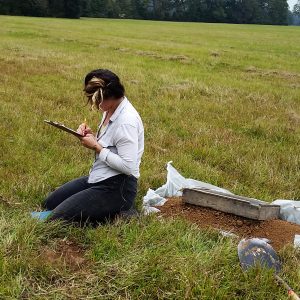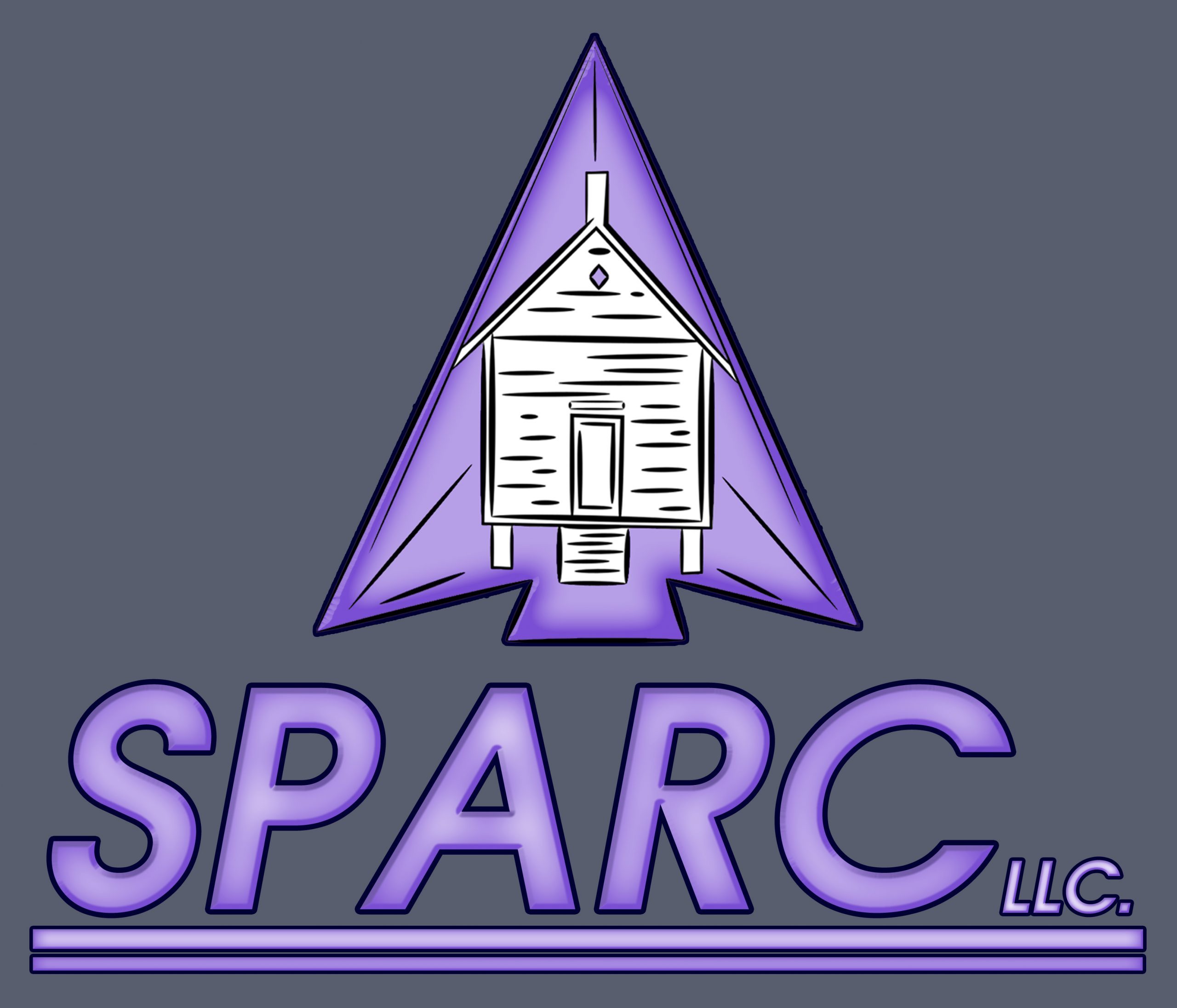Archaeological Services
Federal and State laws protect historic and prehistoric burial sites. However, the locations of historic cemeteries have often been lost, and the locations of prehistoric cemeteries are generally unknown. Identifying and delineating burial sites provides for their preservation and protection. SPARC specializes in Phase I Intensive Archaeological Investigations as part of the Section 106 process to identify and evaluate historic resources within the Areas of Potential Effect (APE) of a variety of Undertakings. Phase I surveys are undertaken in a manner consistent with the SOI’s “Standards and Guidelines for Archeology and Historic Preservation” (48 FR 44716-44740) or the SOI’s “Standards for the Treatment of Historic Properties” (36 CFR 68) and the guidelines established by the State Historic Preservation Office (SHPO) in each state where work is performed.
SPARC’s Principal Investigator, Project Managers, and Archaeologists have conducted numerous Phase I cultural resource investigations throughout the Southeast for more than three decades.
SPARC’s archaeological services include:

Archaeological Monitoring
Archaeological monitoring may be required by state or federal agencies to ensure that cultural resources are not inadvertently disturbed or destroyed by construction.
PHASE I CULTURAL RESOURCES SURVEY
The first phase of most archaeological investigations begins with a Phase I Cultural Resources Survey. This is an intensive (locational) survey designed to identify all archaeological sites in a project area. In the Southeast US, this usually involves the systematic excavation of shovel test pits. This includes historical, archival, cartographical, and property records research and state site files reviews.
ARCHAEOLOGICAL SITE DELINEATION, DOCUMENTATION, AND RECORDATION
The documentation process of archaeological sites varies by state. SPARC archaeologists are familiar with each Southeastern state’s guidelines on field investigations and report preparation.
ZOOARCHAEOLOGICAL (ARCHAEOFAUNAL) ANALYSES
Zooarchaeology is the study of animal remains recovered from archaeological sites. The study focuses on the subsistence practices of past cultures. This includes strategies that were used in hunting, trapping, fishing, butchering, and preparing animal protein. The study provides data for interpreting the dietary preferences of a group as well as answering larger questions concerning the environment and seasonality.
ETHNOGRAPHIC STUDIES – ORAL HISTORY
Oral history begins with informant interviews to glean knowledge about historic events, people, and places. This is important data that cannot be gathered solely from the historic record. Ethnographical accounts add to the ethnology/cultural anthropology of the recent past.
ARCHAEOLOGICAL COLLECTION CURATION PREPARATION
The preparation of an archaeological collection follows specific guidelines that vary by state. Care is taken by SPARC’s staff to prepare each artifact for curation at a private or state facility.
CEMETERY LOCATION AND IDENTIFICATION
Federal and State laws protect historic and prehistoric burial sites. However, the locations of historic cemeteries have often been lost, and the locations of prehistoric cemeteries are generally unknown. Identifying and delineating burial sites provides for their preservation and protection.
CEMETERY BURIAL REMOVAL
Sometimes it is necessary to remove burials from historic or prehistoric cemeteries. In these situations, archaeologists must work closely with local groups, which may have connections with the buried individuals, and must gather important data concerning the individuals, while ensuring that state and federal regulations are met. Disinterment and reburial must be undertaken in a conscientious and respectful manner.
CULTURAL RESOURCES MANAGEMENT PLANS
These plans are developed to guide facility and site administrators in the identification, preservation, maintenance, and management of cultural resources located on their properties. Such plans are often required as part of continued federal funding.
Native American Consultation
Federal law requires Nation to Nation consultation with Native American tribes during Undertakings that could affect traditional tribal lands. SPARC can facilitate this consultation by drafting appropriate documentation and communications for agency submission to Tribal Historic Preservation Offices (THPO). This includes facilitating consultation for items that are subject to the Native American Graves and Repatriation Act (NAGPRA).
NATIONAL REGISTER OF HISTORIC PLACES (NRHP) RECOMMENDATIONS AND NOMINATIONS
Historic properties including archaeological sites, standing structures, objects, and landscapes are afforded Federal consideration and/or protection if they are eligible for or listed on the NRHP. SPARC staff have evaluated thousands of properties utilizing the NRHP criteria (36 CFR 60.4 [a-d]), made appropriate recommendations, and completed NRHP nomination forms when necessary.
LABORATORY SERVICES
SPARC’s laboratory services are equipped for the conservation of archaeological collections. SPARC offers in-house and 3rd party contracting services to provide metal, glass, ceramic, stone, and organic matter stabilization and conservation, electrolytic reduction of oxides (electrolysis), zooarchaeological analysis, botanical analysis, radiocarbon dating, Accelerated Mass Spectrometry (AMS) dating, phytolith analysis, residue analysis, and flotation of field samples, among other services.
For more information about our laboratory services, click here.
